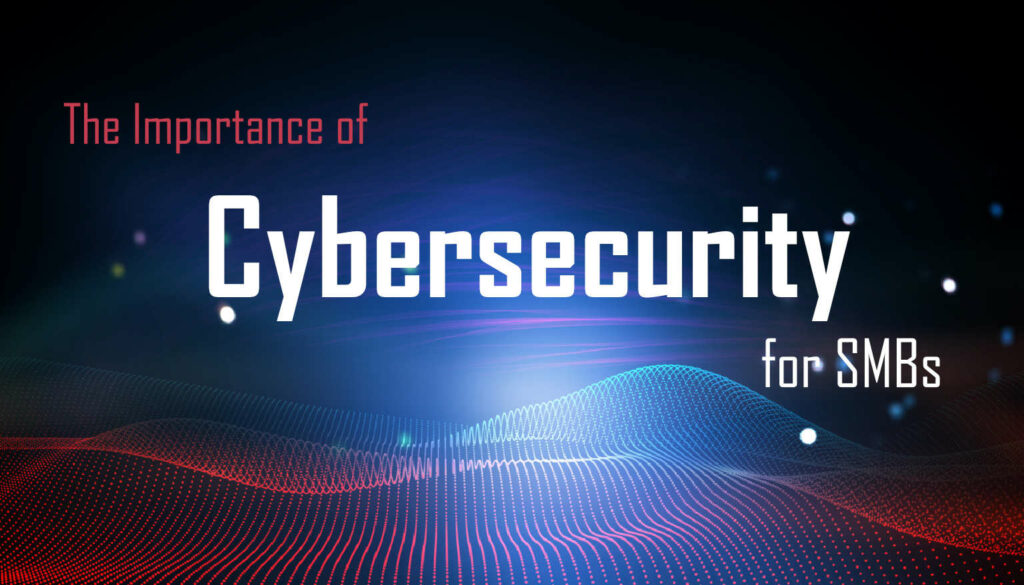The Importance of Cybersecurity for SMBs
Table of Contents
Toggle
5 Major Cyber Threats Targeting Small Businesses
Cybersecurity is no longer just a “nice-to-have” for small and medium-sized businesses (SMBs). As cyber threats rapidly evolve, SMBs are facing security risks that could threaten their reputation, data, and bottom line. The reality is that cybercriminals often target SMBs, assuming they may lack the resources for robust security. In this article, we’ll dive into the top five cybersecurity threats SMBs face today and what you can do to protect your business.
1. Phishing Scams
Phishing scams are one of the most common and dangerous threats. These scams trick employees into clicking harmful links or providing sensitive information, leading to data breaches, financial loss, or compromised credentials.
How to Protect Your Business:
- Educate employees on how to recognize phishing attempts, such as misspelled email addresses or suspicious links.
- Use email filtering software to catch potential threats before they reach inboxes.
2. Ransomware Attacks
Ransomware attacks lock companies out of their systems and demand payments for access. SMBs are often targeted because they may lack the defenses to prevent an attack.
How to Protect Your Business:
- Regularly back up your data to ensure you can recover files without paying a ransom.
- Implement layered security measures, like endpoint protection and network segmentation, to prevent the spread of ransomware if it does get in.
3. Cloud Vulnerabilities
With more businesses relying on cloud services, there are increasing concerns about cloud security. Misconfigured cloud storage or insecure access controls can lead to data leaks and unauthorized access.
How to Protect Your Business:
- Use trusted cloud service providers that prioritize security.
- Regularly review your cloud security configurations and ensure access is limited to authorized users only.
4. Insider Threats
An insider threat can be accidental or intentional, caused by employees or third-party vendors who access or misuse sensitive information. Insider threats often go undetected until damage is done.
How to Protect Your Business:
- Limit access to sensitive data to only those who need it for their job.
- Monitor user activity on sensitive systems, and use identity verification tools to ensure only trusted users have access.
5. Outdated Software
Outdated software is one of the biggest security risks for SMBs. Old systems or applications can have unpatched vulnerabilities that cybercriminals can exploit to gain access to your network.
How to Protect Your Business:
- Schedule regular software updates to keep systems secure.
- Use automatic updates where possible to ensure nothing is left vulnerable for too long.
Conclusion
Cybersecurity is no longer an optional investment for SMBs; it’s a critical necessity. By staying informed and taking proactive steps, you can protect your business from costly cyber incidents. Need help securing your business? Contact us for customized cybersecurity solutions that fit your unique needs.
